Home>Others>Specialized Home Improvement Topics>What Breaks Car Windows


Specialized Home Improvement Topics
What Breaks Car Windows
Modified: February 6, 2024
Learn about what causes car windows to break and how to prevent it. Find specialized home improvement topics and tips to protect your vehicle.
(Many of the links in this article redirect to a specific reviewed product. Your purchase of these products through affiliate links helps to generate commission for Storables.com, at no extra cost. Learn more)
**
Introduction
**
When it comes to the safety and security of your vehicle, the integrity of its windows plays a crucial role. Understanding the factors that can lead to a car window breaking is essential for both prevention and preparedness. Whether it's a minor crack or a shattered pane, the causes of such incidents can vary widely. In this article, we'll delve into the diverse reasons why car windows break, ranging from environmental influences to human actions. By gaining insight into these factors, you'll be better equipped to safeguard your vehicle and respond effectively in the event of a window-related mishap. Let's explore the multifaceted dynamics of what can lead to the breakage of car windows.
**
Key Takeaways:
- Car windows can break due to impact force, thermal stress, and pressure changes. Understanding these forces helps protect windows from damage and enhances overall safety.
- Different types of glass, environmental factors, and human actions can also contribute to car window breakage. Being aware of these influences allows for proactive measures to safeguard vehicle windows.
Read more: What To Wipe Car Windows With
Types of Force
**
Car windows can succumb to various types of force, leading to different forms of damage. Understanding these forces is essential for comprehending the potential vulnerabilities of car windows.
1. Impact Force:
One of the most common reasons for car window breakage is impact force. This occurs when an object strikes the window with sufficient energy to cause it to fracture or shatter. Impact force can result from a range of sources, such as road debris propelled by other vehicles, hail during severe weather, or even intentional vandalism. The intensity and nature of the impact can determine the extent of the damage, with high-velocity impacts often leading to more severe consequences.
2. Thermal Stress:
Car windows are also susceptible to breakage due to thermal stress. This occurs when there are significant temperature differentials across the surface of the glass, leading to uneven expansion or contraction. For instance, exposure to direct sunlight can cause the outer layer of the glass to become significantly hotter than the inner layer, resulting in stress that may lead to cracks or breaks. Similarly, sudden temperature differentials caused by, for example, a rapid change in weather conditions, can subject the glass to thermal shock, potentially compromising its integrity.
3. Pressure Changes:
Changes in air pressure can exert force on car windows, potentially leading to breakage. Rapid changes in pressure, such as those experienced during a sudden and significant altitude variation or when passing large vehicles at high speeds, can subject the windows to stress. This force can be particularly impactful on older or structurally compromised windows, making them more susceptible to failure.
Understanding the diverse types of force that can lead to car window breakage is crucial for taking proactive measures to mitigate these risks. By recognizing the potential sources of stress on car windows, vehicle owners can implement strategies to minimize the likelihood of window damage and enhance overall safety.
**
Types of Glass
**
Car windows are typically constructed using different types of glass, each with its own characteristics and vulnerabilities. Understanding the distinctions between these glass varieties is vital for comprehending their susceptibility to breakage.
1. Tempered Glass:
Tempered glass is designed to be more resilient than standard glass, making it a common choice for car windows. This type of glass undergoes a specialized heat treatment process that enhances its strength and durability. When tempered glass does break, it shatters into small, relatively harmless fragments, reducing the risk of severe injury. While tempered glass offers enhanced resistance to impact force, it is not impervious to breakage, particularly under extreme or sustained stress.
2. Laminated Glass:
Laminated glass, often used in windshields, consists of multiple layers of glass with a polyvinyl butyral (PVB) interlayer. This design provides significant strength and resilience, making it less prone to shattering upon impact. When laminated glass does break, the interlayer holds the shattered pieces together, preventing them from dispersing and minimizing the risk of injury. This type of glass is specifically engineered to enhance safety and structural integrity, particularly in the event of a collision.
3. Annealed Glass:
Annealed glass, also known as standard or float glass, is the most common type of glass used in car windows. While it is less resistant to impact force and stress compared to tempered or laminated glass, it remains a prevalent choice due to its cost-effectiveness. Annealed glass is more prone to shattering into sharp, jagged pieces when broken, posing a higher risk of injury compared to tempered or laminated glass.
By familiarizing themselves with the characteristics of different types of glass used in car windows, vehicle owners can gain valuable insights into the potential vulnerabilities and resilience of their vehicle’s windows. This knowledge can inform decisions related to window maintenance, repair, and replacement, ultimately contributing to enhanced safety and longevity.
**
Avoid parking under trees with overhanging branches, as falling branches or debris can break car windows.
Environmental Factors
**
Car windows are subject to a myriad of environmental influences that can contribute to their breakage. Understanding these factors is essential for safeguarding vehicle windows against potential damage and deterioration.
1. Extreme Temperatures:
Fluctuations in temperature, especially when they are extreme, can exert significant stress on car windows, potentially leading to cracks or breakage. Sudden temperature differentials, such as exposure to intense heat followed by rapid cooling, can compromise the structural integrity of the glass. Similarly, prolonged exposure to extreme cold can increase the likelihood of thermal stress-induced damage. Vehicle owners should be mindful of parking in direct sunlight for extended periods or exposing their cars to rapid temperature changes, as these scenarios can elevate the risk of window breakage.
2. Severe Weather:
Natural phenomena such as hailstorms, strong winds, and heavy precipitation can pose a threat to car windows. Hail, in particular, can exert significant impact force on windows, potentially leading to cracks or shattering. Additionally, strong winds carrying debris or airborne objects can cause impact damage to windows. Vehicle owners should take proactive measures to protect their cars during severe weather events, such as seeking covered parking or utilizing protective car covers, to minimize the risk of window breakage.
3. Airborne Debris:
Road debris, such as gravel, rocks, or other loose materials, can be propelled by vehicles and pose a risk to car windows. High speeds and close proximity to other vehicles can increase the likelihood of encountering airborne debris that may cause impact damage to windows. Maintaining a safe following distance and avoiding areas where debris is prevalent can help reduce the risk of window breakage due to airborne objects.
By recognizing the environmental factors that can contribute to car window breakage, vehicle owners can adopt proactive measures to mitigate these risks. Regular inspections, maintenance, and protective strategies can contribute to the longevity and resilience of car windows, ultimately enhancing overall safety and peace of mind.
**
Human Factors
**
While environmental influences play a significant role in car window breakage, human actions and behaviors can also contribute to the vulnerability of vehicle windows. Understanding these human factors is essential for promoting responsible practices and minimizing the risk of window damage.
1. Vandalism and Theft:
Intentional acts of vandalism, such as striking car windows with objects or attempting to forcibly gain entry into vehicles, can result in window breakage. Similarly, theft-related incidents may involve attempts to shatter windows to access the vehicle’s interior or valuable belongings. Vehicle owners should prioritize parking in well-lit and secure areas, as well as utilizing anti-theft measures, to reduce the likelihood of vandalism and theft-related window damage.
2. Improper Handling:
Mishandling car windows during maintenance or repair activities can increase the risk of breakage. Applying excessive force or using improper tools when addressing window-related issues can compromise the structural integrity of the glass. It is essential for individuals performing maintenance or repair tasks to adhere to recommended procedures and safety guidelines to minimize the potential for window damage.
3. Neglect and Maintenance:
Failure to address issues such as cracks, chips, or structural weaknesses in car windows can escalate the risk of breakage. Neglecting regular maintenance and overlooking signs of damage can leave windows more susceptible to environmental and impact-related stress. Vehicle owners should prioritize proactive maintenance, promptly addressing any issues that may compromise the integrity of their car windows to mitigate the risk of breakage.
By acknowledging the human factors that can contribute to car window breakage, individuals can take proactive steps to promote responsible behaviors and minimize the likelihood of window-related incidents. Cultivating awareness and adherence to best practices can significantly contribute to the preservation and longevity of car windows, ultimately enhancing overall safety and security.
**
Read more: What Is The Best Tint For Car Windows
Conclusion
**
Car windows are subjected to a diverse array of forces and influences that can lead to breakage, ranging from environmental factors to human actions. By gaining a comprehensive understanding of these dynamics, vehicle owners can implement proactive measures to mitigate the risk of window damage and enhance overall safety.
Recognizing the various types of force that can impact car windows, including impact force, thermal stress, and pressure changes, provides valuable insights into the potential vulnerabilities of the glass. This understanding enables individuals to adopt strategies to minimize the likelihood of window breakage, such as avoiding high-risk environments and implementing protective measures.
Furthermore, familiarity with the different types of glass used in car windows, such as tempered, laminated, and annealed glass, empowers vehicle owners to make informed decisions regarding window maintenance, repair, and replacement. Understanding the unique characteristics and vulnerabilities of each glass type contributes to the preservation and resilience of car windows.
Environmental factors, including extreme temperatures, severe weather, and airborne debris, can significantly impact the integrity of car windows. By acknowledging these influences, individuals can take proactive steps to safeguard their vehicles, such as seeking shelter during severe weather events and minimizing exposure to high-risk environmental conditions.
Human actions and behaviors, such as vandalism, improper handling, and neglect, also play a role in the susceptibility of car windows to breakage. By promoting responsible practices and prioritizing regular maintenance, vehicle owners can reduce the risk of window-related incidents and contribute to the longevity of their car windows.
In conclusion, a holistic understanding of the factors that can lead to car window breakage empowers vehicle owners to prioritize safety, security, and proactive maintenance. By recognizing and addressing the multifaceted influences on car windows, individuals can enhance the resilience and longevity of their vehicles, ultimately promoting a safer and more secure driving experience.
Frequently Asked Questions about What Breaks Car Windows
Was this page helpful?
At Storables.com, we guarantee accurate and reliable information. Our content, validated by Expert Board Contributors, is crafted following stringent Editorial Policies. We're committed to providing you with well-researched, expert-backed insights for all your informational needs.
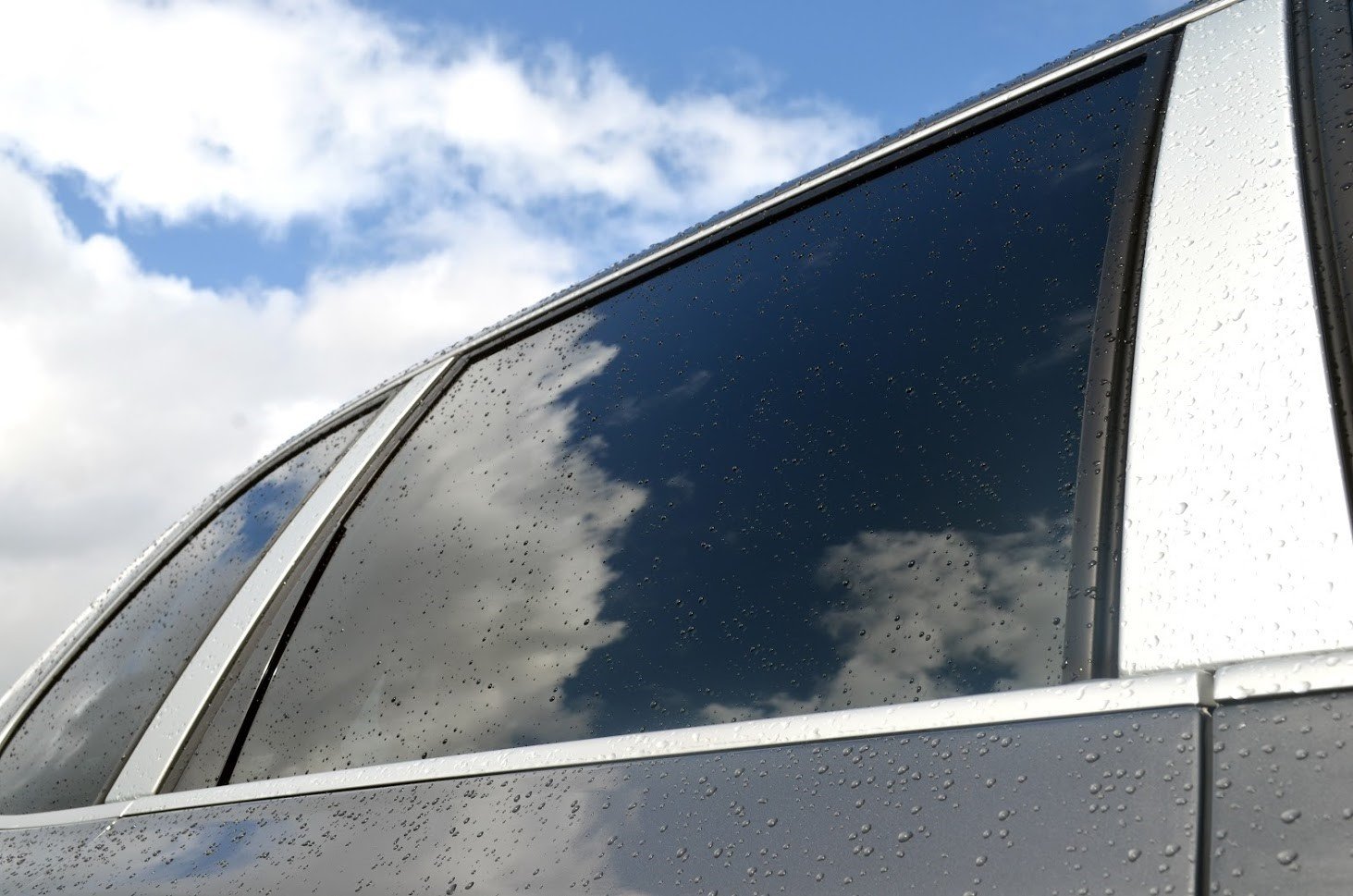
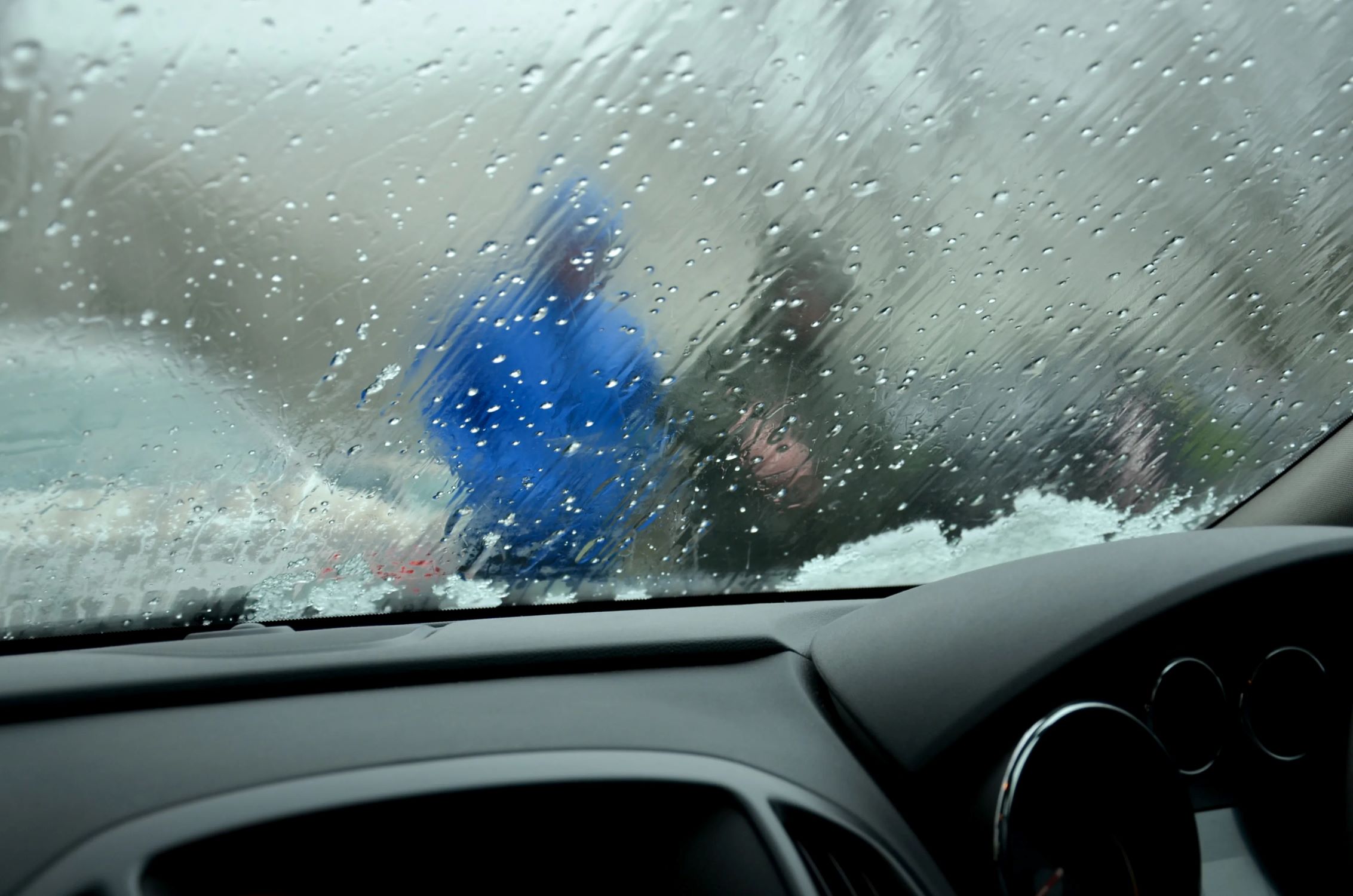
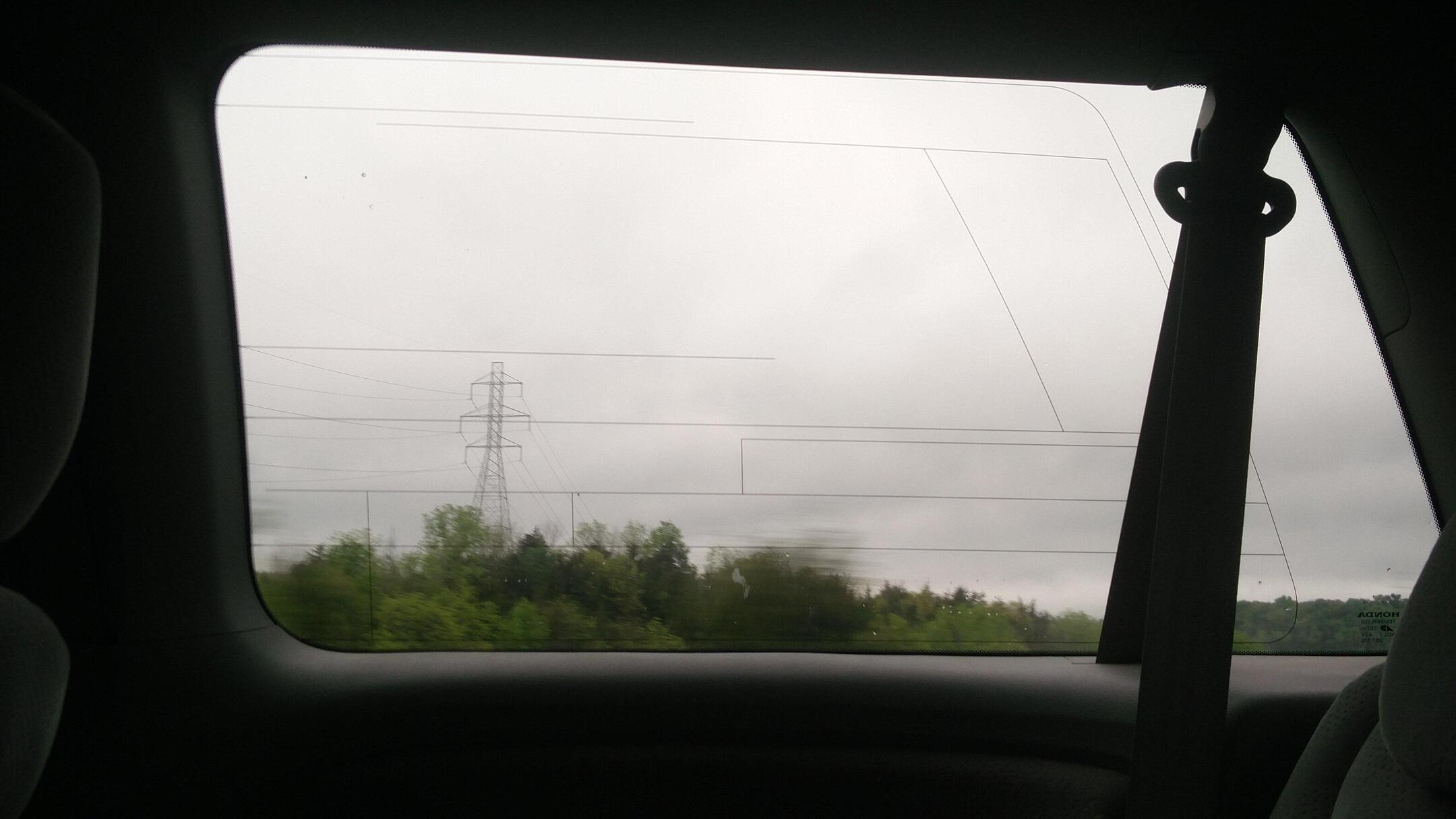

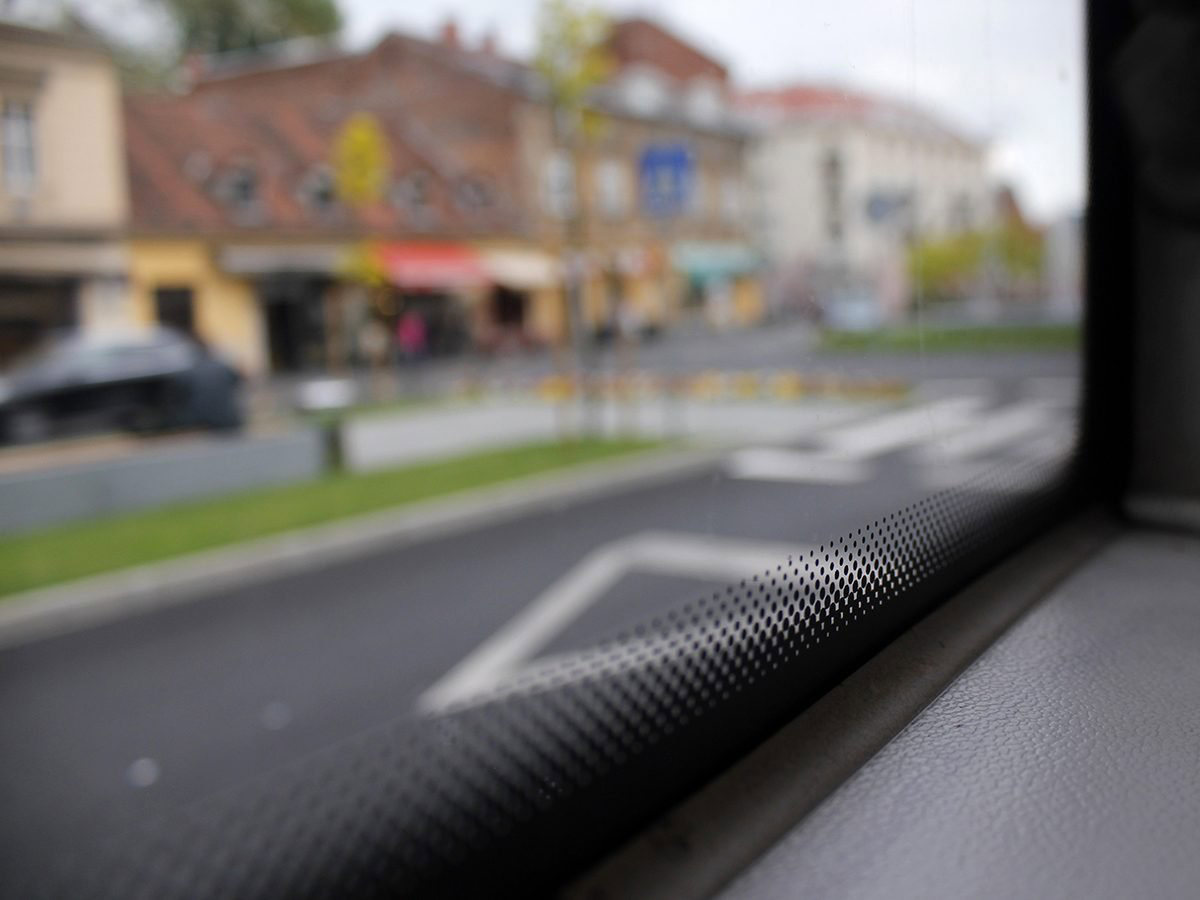
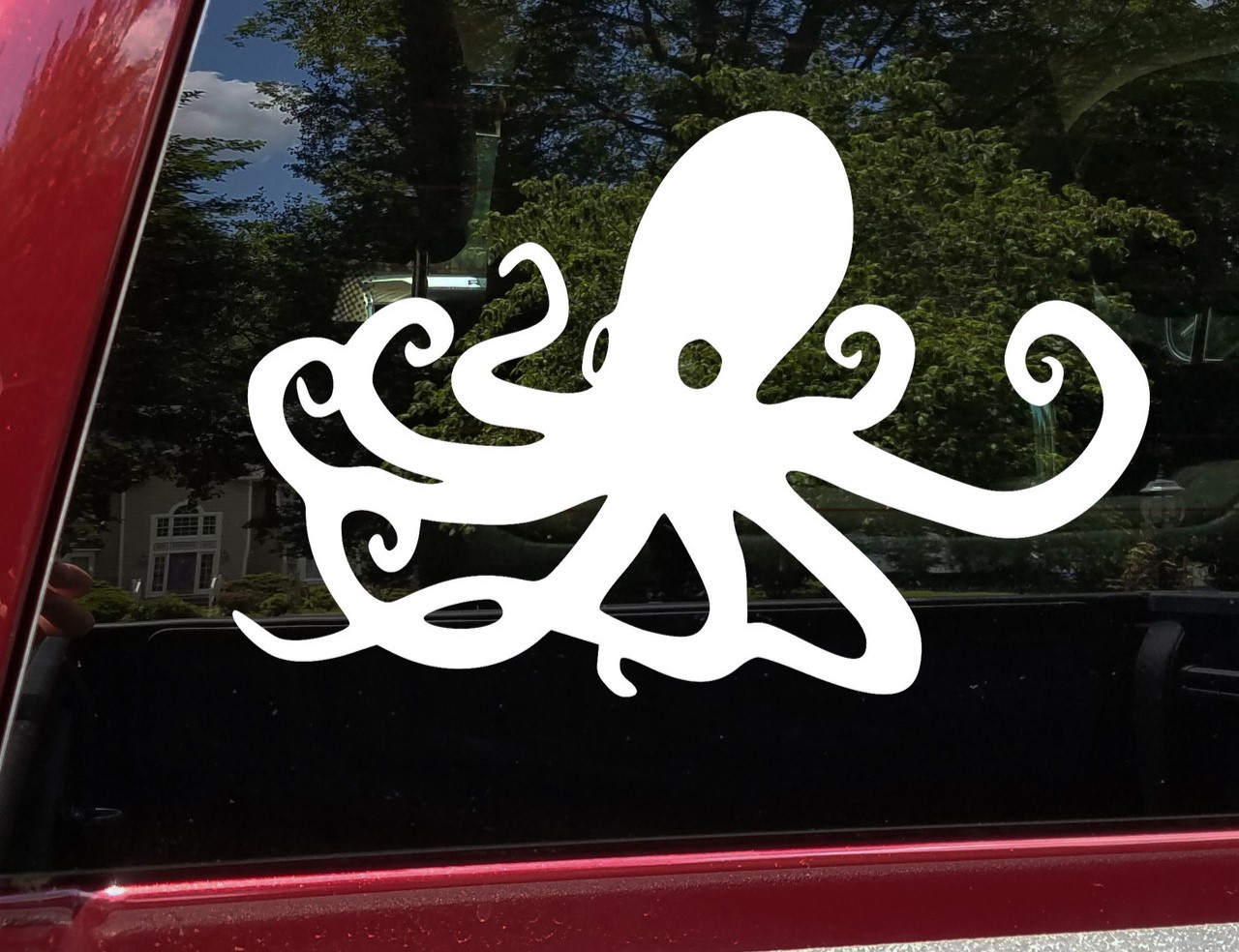
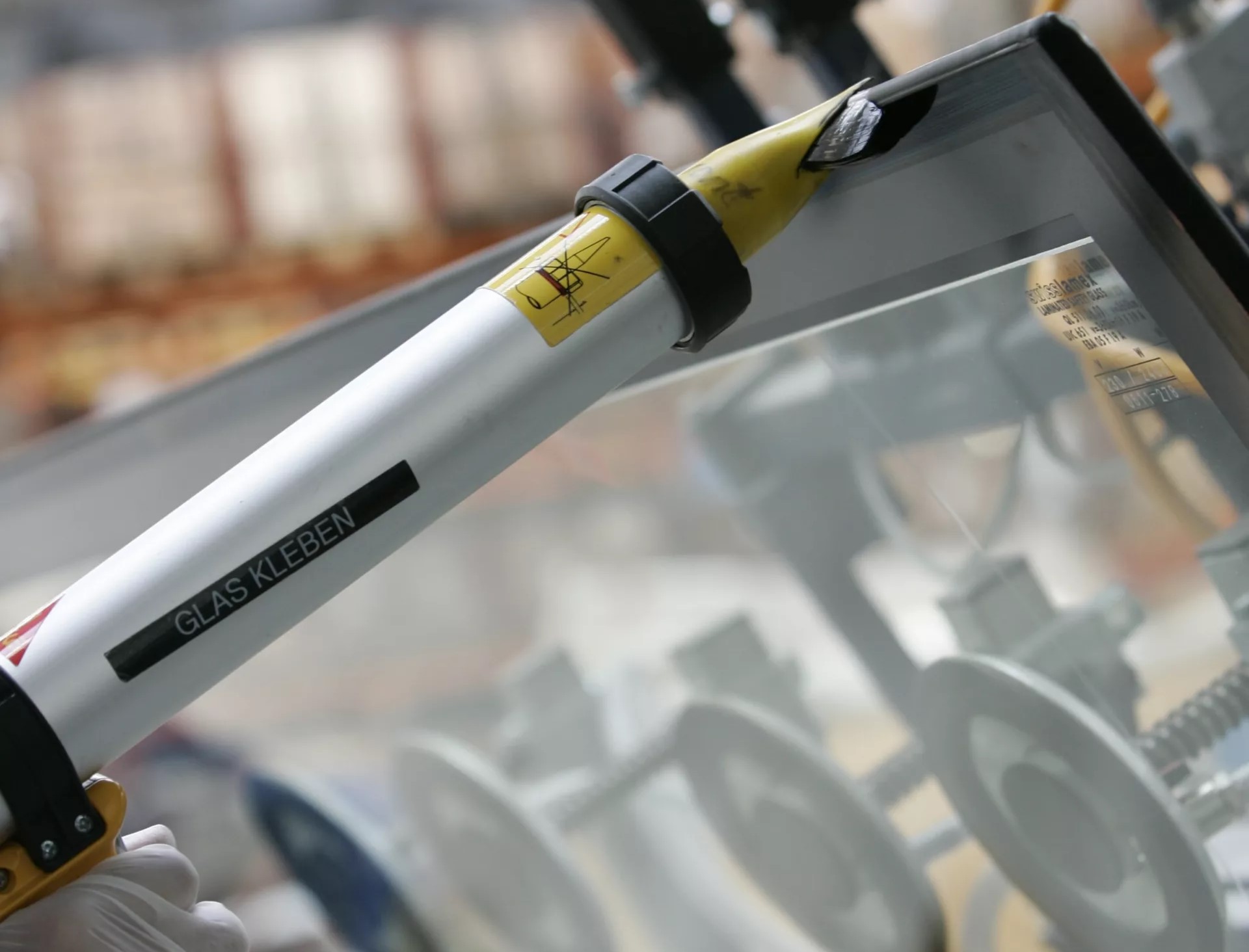
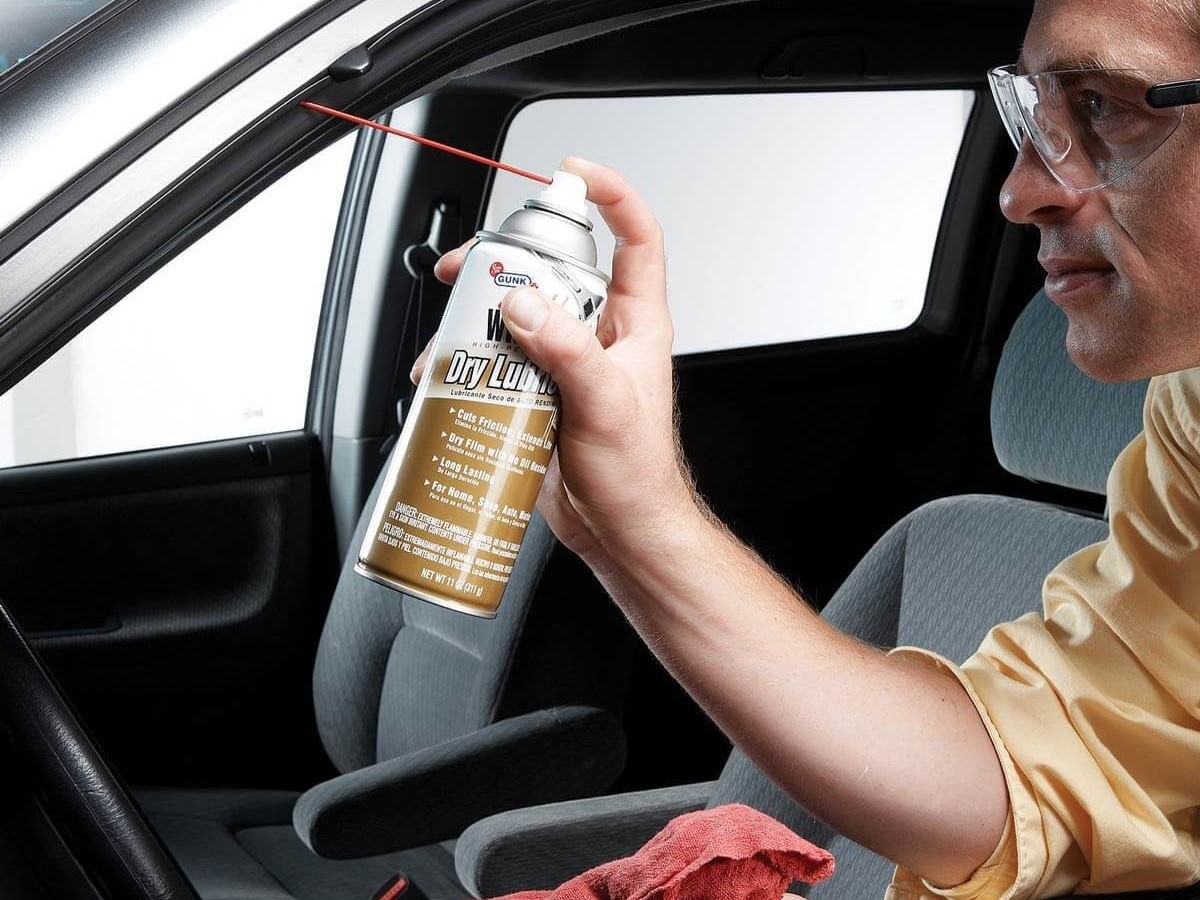
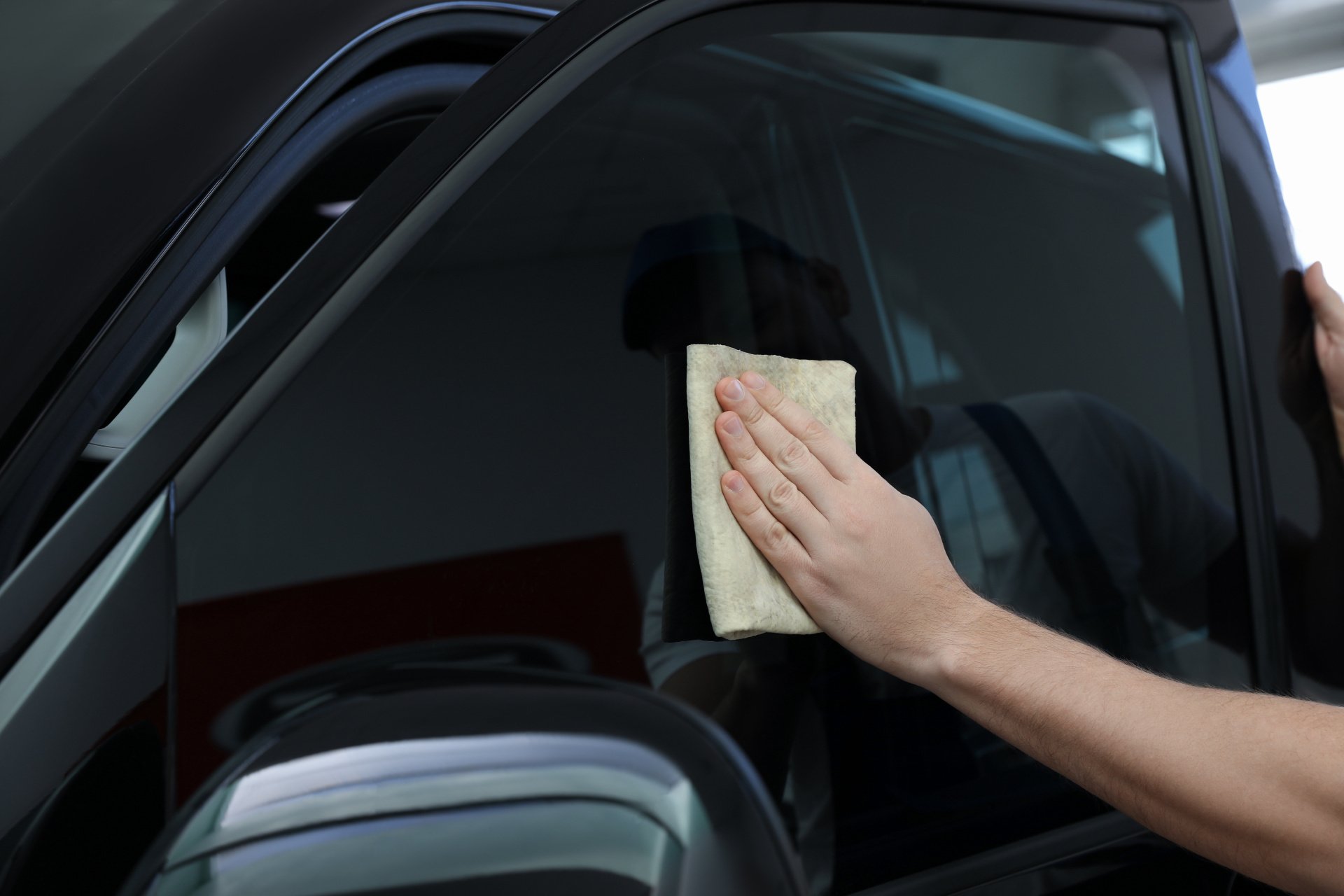
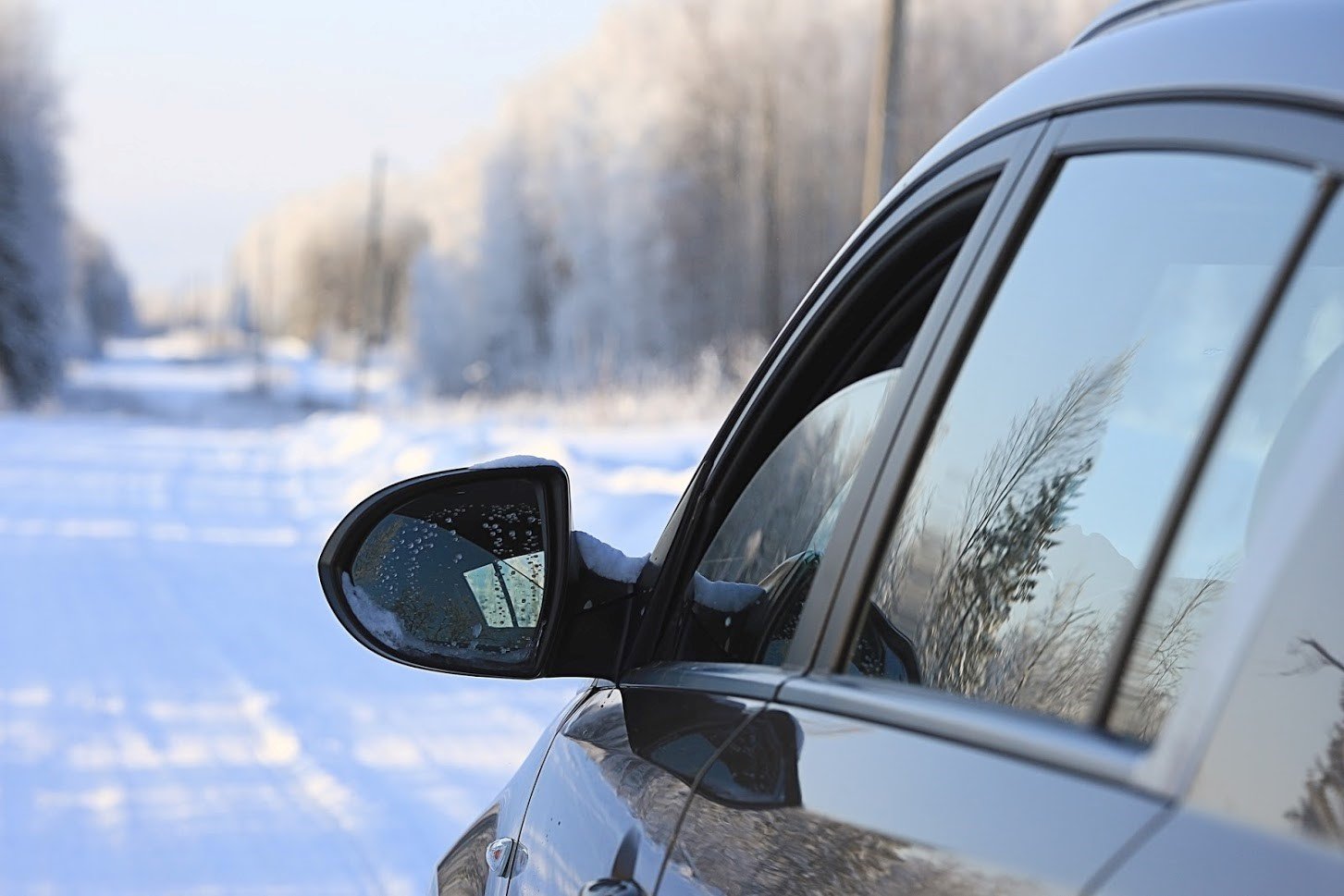
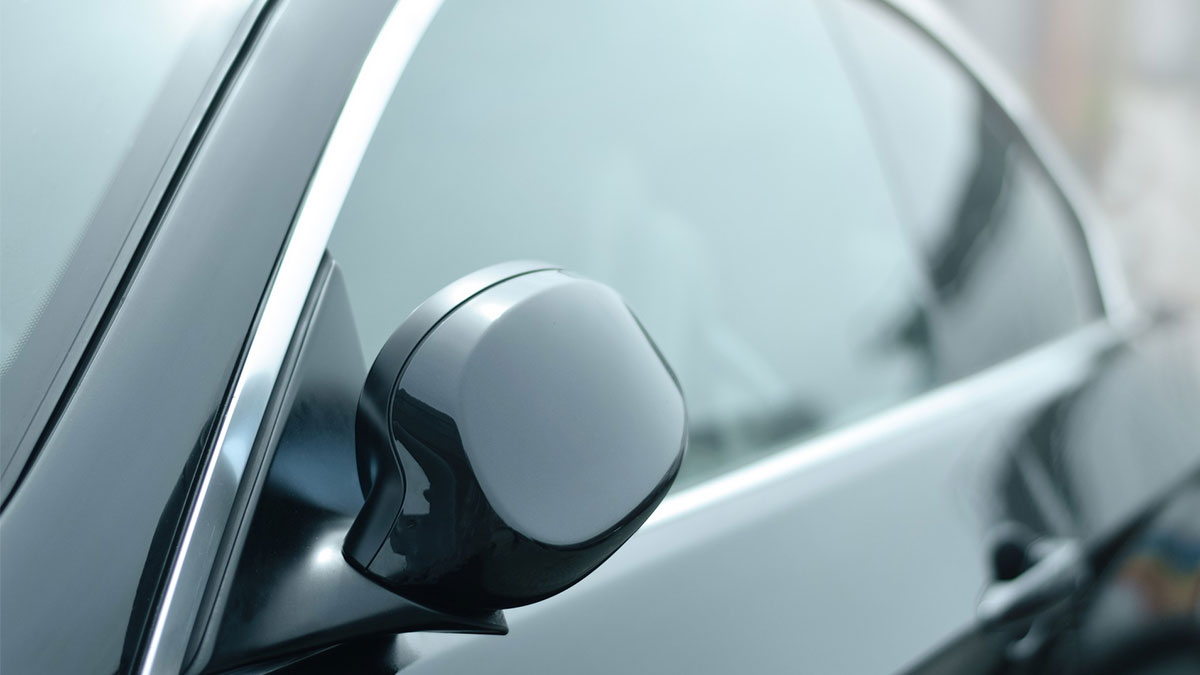
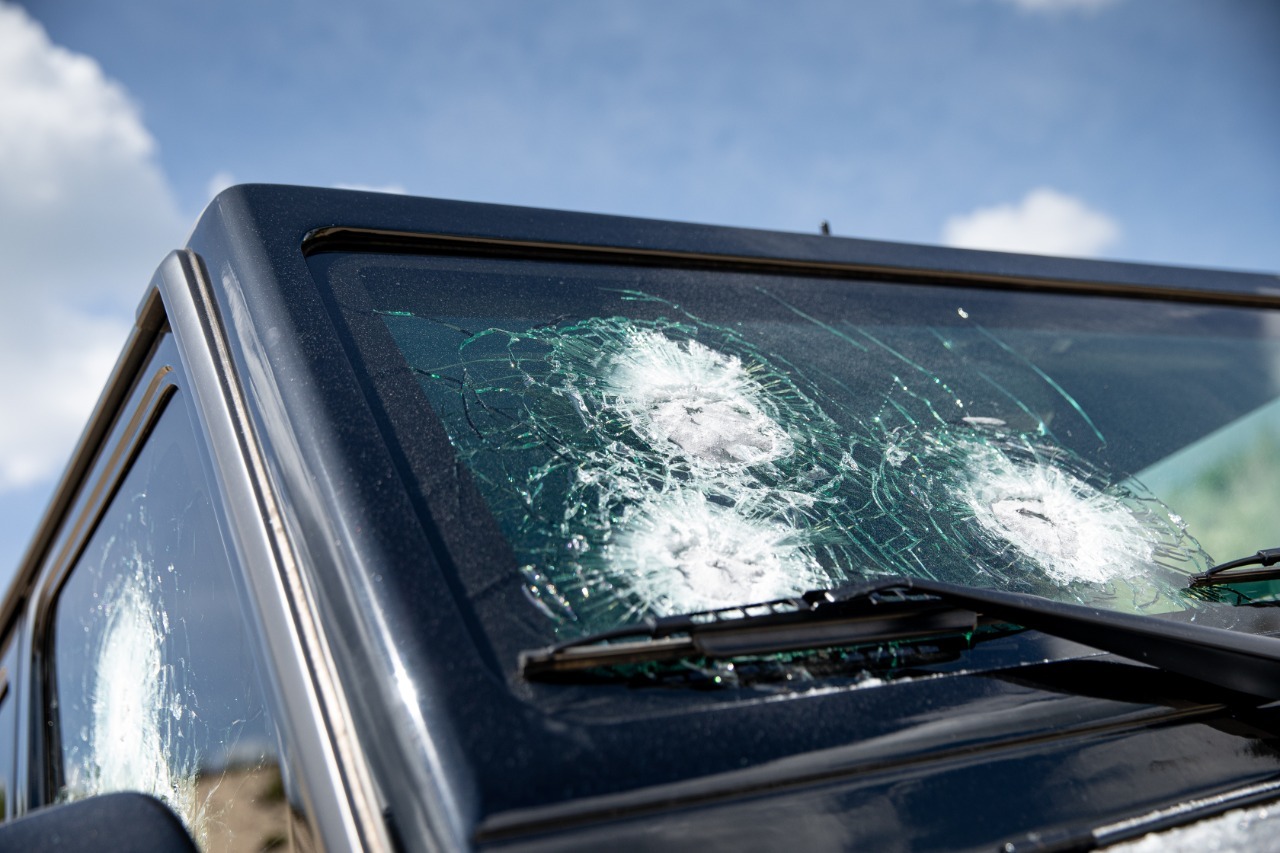
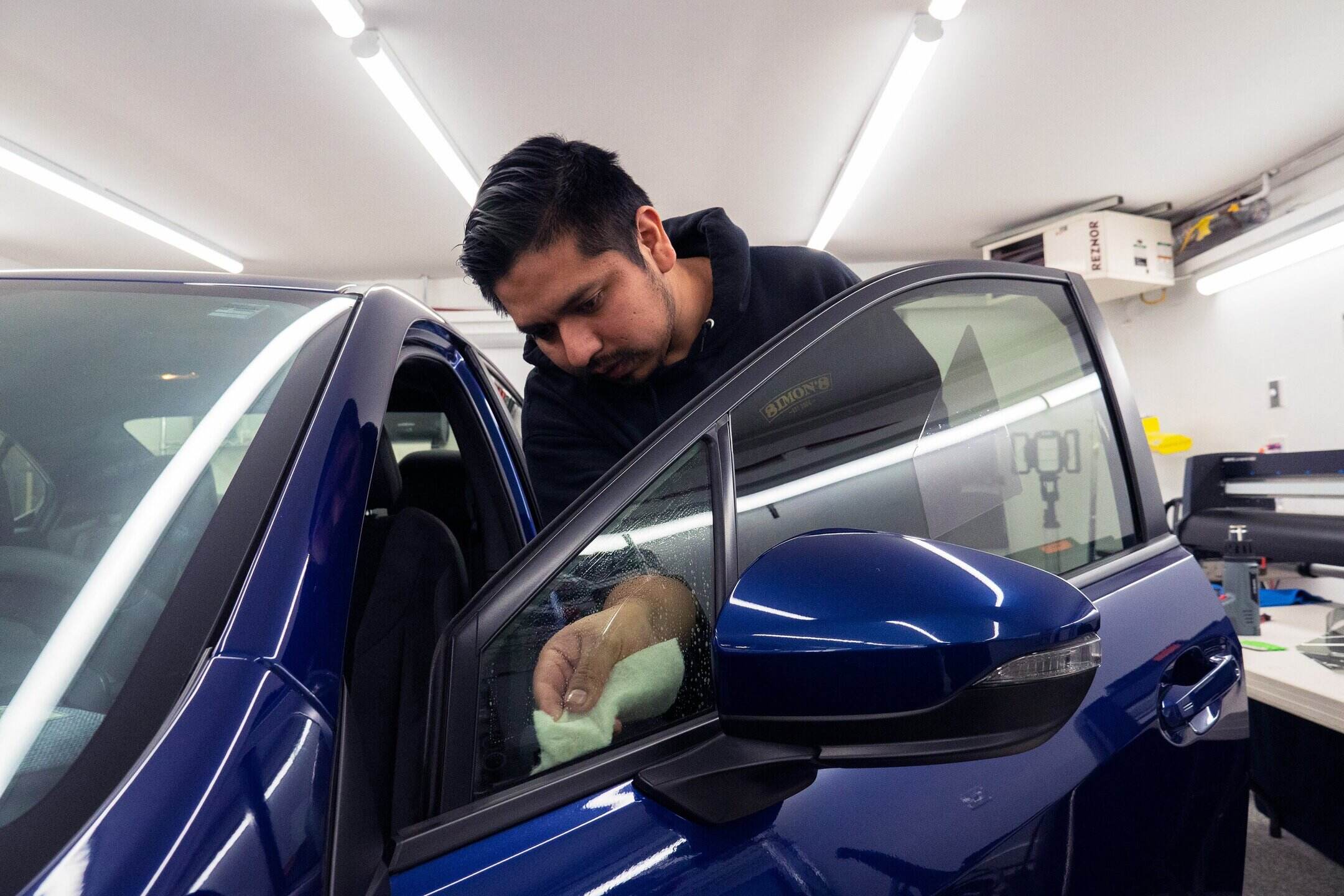


0 thoughts on “What Breaks Car Windows”